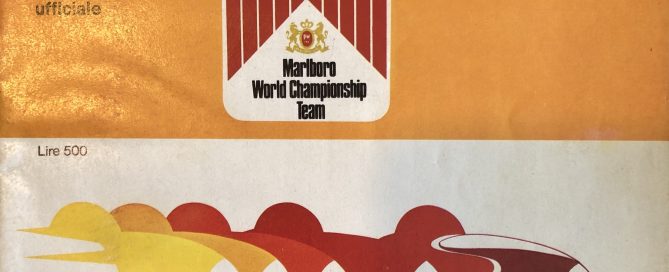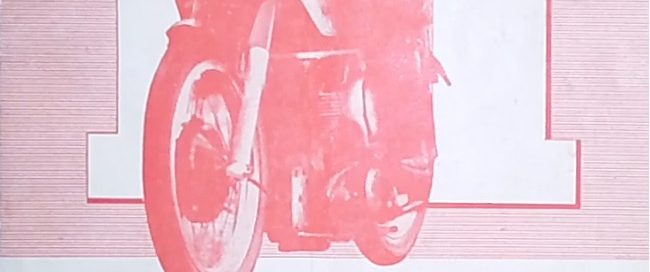Jarno
It’s a day 50 years ago that many of us will never forget. May 20th, 1973, the day World Championship Motorcycle racing lost a rider who was destined to join the likes of Hailwood, Agostini, Nieto, Rossi, and Marquez as one of the true greats, if not the greatest.
The only rider in the 74-year history of the sport to win his opening two premier class Grands Prix. The likes of Geoff Duke and Max Biaggi are among a distinguished club of riders who won on their premier class debuts, but only one won on his opening two. A rider who was destined to win both 250cc and 500cc world titles in the same season 12 years before Freddie Spencer became the first and only rider to achieve that double.
A rider, it was rumoured, that was even contemplating adding a 350cc world title the same year to make it a treble. A rider who honed his road racing skills back on the frozen lakes in his Finnish homeland before arriving on the World scene to win the 250cc World Championship. A rider who won both the legendary 200 Mile races at Daytona and Imola in 1973 beating the 750s riding a 350cc Yamaha. A rider Yamaha chose to spearhead their first 500cc world title challenge on a four-cylinder two-stroke machine.
Twenty-seven-year-old Jarno Saarinen lost his life in a horrendous multi-rider accident in the 250cc race in the 1973 Grand Prix of Nations at Monza. It was a crash that also claimed the life of Italian Renzo Pasolini, who had finished runner-up to Saarinen in the 250cc Championship the previous year. Grand Prix racing and Finland grieved. Yamaha immediately pulled out of the 500cc World Championship for the season. No wonder Yamaha chose Saarinen to spearhead the two-stroke challenge in the four-stroke dominated 500cc class and he did not let them down.
The Finn arrived in the premier class after dominating the 250cc World Championship and winning five 350cc Grands Prix. Often, we would see this new phenomenon at British circuits where he eclipsed the likes of Barry Sheene at places such as Mallory Park, Silverstone and even the infamous Scarborough Road circuit. He needed the money to finance his Grand Prix racing and we were lucky there were organisers who had the foresight to pay him.
Saarinen’s debut season in the 500cc class was nothing short of sensational. After winning the 250cc race at Paul Ricard in France he went on to beat Phil Read’s MV Agusta by 15 seconds on his 500cc debut ride. He almost doubled that winning advantage at the next round at the Salzburging in Austria with his Yamaha teammate Hideo Kanaya second. Earlier he’d won the 250cc race. It looked a hat trick at the next round in Hockenheim but after a third 250cc win the Yamaha’s chain broke in the 500cc race and his winning run came to an end.
He arrived in Monza for round four with his wife Soili looking to return to double winning ways. On the first lap of the 250cc race 15 riders crashed at Gran Curve after oil it was suggested had been dropped on the tarmac in the previous 350cc race. An ominous pall of black smoke rose above the Grand Curve and slowly the riders made their way back to the start the wrong way round the legendary circuit. Saarinen and Pasolini did not return. We will never know where his World Championship journey would have ended. I’m just thankful I was so lucky to watch a true Champion in action.
Thanks, Jarno, I will never forget.



